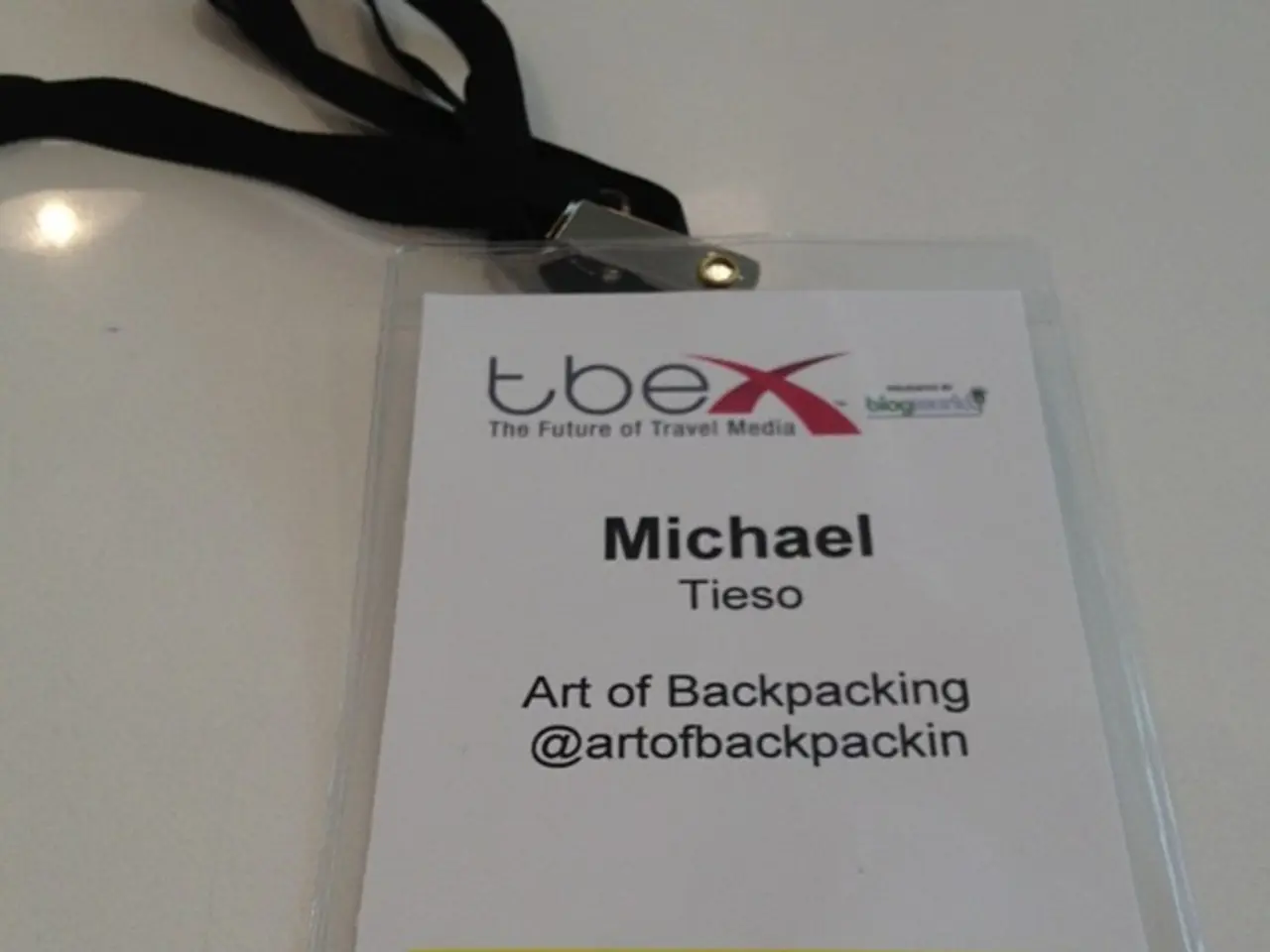Microsoft's (MSFT Stock) greenhouse gas emissions have increased by 23%, prompting the tech giant to invest in a waste-to-energy project aiming to capture approximately 3 million tons of CO2.
Microsoft is making significant strides in its mission to become carbon negative by 2030, as it exceeded its previous years' carbon removal combined in the last fiscal year, removing 22 million metric tons of carbon.
One of the key initiatives in this endeavour is Microsoft's offtake deal, which is among the first long-term, multi-year agreements for carbon removals from a Waste-to-Energy facility. The company is also working with re.green in Brazil to plant over 10 million native tree seedlings, covering 16,000 hectares in the Atlantic and Amazon forests, removing about 3 million metric tons of carbon through natural regeneration.
In addition to these initiatives, Microsoft added 19 gigawatts (GW) of renewable energy capacity in 2024, across 16 countries. The company also signed a long-term agreement in FY24 to purchase 2.95 million tons of high-quality carbon removals starting in 2029 from Denmark's Project Gaia.
Microsoft's commitment to carbon negativity is evident in its rigorous tracking and addressing of its carbon footprint. The company uses detailed life cycle assessments (LCAs) to measure emissions throughout the design, production, usage, and end-of-life phases of its products. This approach offers transparency to identify major emission sources accurately. As of fiscal year 2024, Microsoft's total emissions were approximately 15 million metric tons of CO₂ equivalent, with 97.29% of this footprint coming from Scope 3 emissions like supply chain, product use, business travel, and logistics.
While Microsoft has reduced its direct (Scope 1) and electricity-related (Scope 2) emissions by 30% since 2020, the challenge lies in mitigating Scope 3 emissions. To offset these emissions, Microsoft has entered several long-term carbon removal agreements, including a 10-year deal with Anew Climate for 4.8 million tons of forest carbon credits from Improved Forest Management (IFM) projects.
Microsoft's carbon removal portfolio also includes a 10-year deal with Stockholm Exergi in Sweden, using bioenergy with carbon capture and storage (BECCS), cutting over 3 million metric tons of emissions. The company has also partnered with Climeworks to support direct air capture (DAC) in Iceland since 2022, with efforts shifting from short-term purchases to long-term contracts.
In terms of corporate governance and strategy, Microsoft incorporates an internal carbon price, revamped corporate governance, and substantial funding for climate innovation, reflecting a comprehensive strategy to reach its ambitious goals.
Microsoft continues to intensify its efforts despite operational expansion, showing a strong commitment even as overall emissions rose by 23.4% due to growth in cloud and AI infrastructure. The company is also making strides in reducing freight emissions by switching to renewable diesel in California and Europe, cutting emissions by 50%.
In summary, Microsoft's approach to carbon negativity involves precise emissions tracking, aggressive reduction efforts especially in direct operations, strategic investments in verified carbon removal projects, and structural governance reforms. The company aims to remove all historical emissions by 2050, demonstrating a long-term commitment to addressing climate change.
[1] Microsoft (2020). Microsoft's commitment to carbon negative by 2030. [Online] Available at: https://news.microsoft.com/2020/04/08/microsofts-commitment-to-carbon-negative-by-2030/ [2] Microsoft (2021). Microsoft's 2020 Environmental Sustainability Report. [Online] Available at: https://www.microsoft.com/en-us/sustainability/what-were-doing/reports/environmental-sustainability-report/ [3] Microsoft (2022). Microsoft's 2021 Environmental Sustainability Report. [Online] Available at: https://www.microsoft.com/en-us/sustainability/what-were-doing/reports/environmental-sustainability-report/ [4] Microsoft (2023). Microsoft's 2022 Environmental Sustainability Report. [Online] Available at: https://www.microsoft.com/en-us/sustainability/what-were-doing/reports/environmental-sustainability-report/
- Microsoft's carbon negativity strategy incorporates an internal carbon price and substantial funding for climate innovation, showcasing a comprehensive approach to reach its 2030 goal.
- The company's portfolio of carbon removal initiatives includes investments in renewable energy, biomass, and technology like direct air capture and carbon capture and storage.
- In 2024, Microsoft added 19 gigawatts of renewable energy capacity across 16 countries, reflecting its dedication to clean energy.
- Microsoft has entered into long-term agreements for carbon removal with Anew Climate, Project Gaia in Denmark, re.green in Brazil, and Stockholm Exergi in Sweden, signifying its commitment to environmental science.
- To mitigate Scope 3 emissions, Microsoft has invested in the environmental-science area of climate-change solutions, such as forest carbon credits from Improved Forest Management projects.
- Microsoft's tracking of emissions throughout all phases of its products and services, known as life cycle assessments, boosts transparency in identifying major emission sources and aids in policy decision-making for investment in clean energy and carbon removal.




